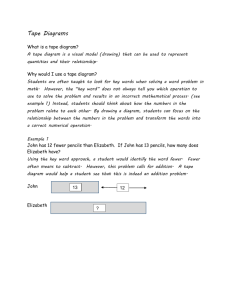Blood Flow Study
advertisement
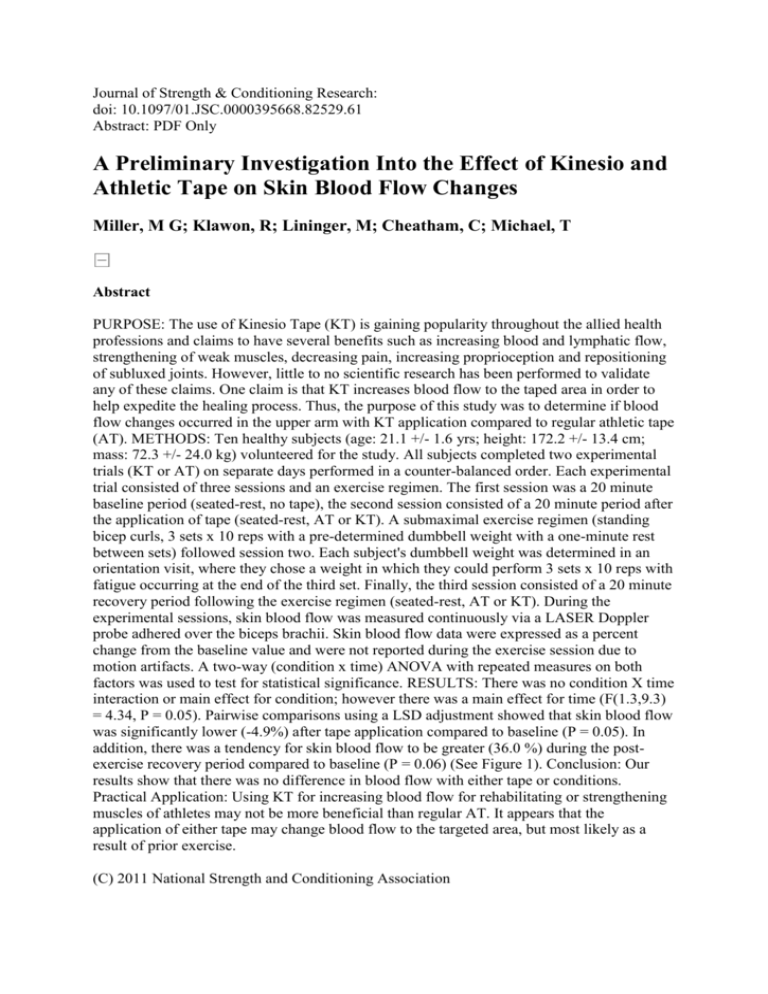
Journal of Strength & Conditioning Research: doi: 10.1097/01.JSC.0000395668.82529.61 Abstract: PDF Only A Preliminary Investigation Into the Effect of Kinesio and Athletic Tape on Skin Blood Flow Changes Miller, M G; Klawon, R; Lininger, M; Cheatham, C; Michael, T Abstract PURPOSE: The use of Kinesio Tape (KT) is gaining popularity throughout the allied health professions and claims to have several benefits such as increasing blood and lymphatic flow, strengthening of weak muscles, decreasing pain, increasing proprioception and repositioning of subluxed joints. However, little to no scientific research has been performed to validate any of these claims. One claim is that KT increases blood flow to the taped area in order to help expedite the healing process. Thus, the purpose of this study was to determine if blood flow changes occurred in the upper arm with KT application compared to regular athletic tape (AT). METHODS: Ten healthy subjects (age: 21.1 +/- 1.6 yrs; height: 172.2 +/- 13.4 cm; mass: 72.3 +/- 24.0 kg) volunteered for the study. All subjects completed two experimental trials (KT or AT) on separate days performed in a counter-balanced order. Each experimental trial consisted of three sessions and an exercise regimen. The first session was a 20 minute baseline period (seated-rest, no tape), the second session consisted of a 20 minute period after the application of tape (seated-rest, AT or KT). A submaximal exercise regimen (standing bicep curls, 3 sets x 10 reps with a pre-determined dumbbell weight with a one-minute rest between sets) followed session two. Each subject's dumbbell weight was determined in an orientation visit, where they chose a weight in which they could perform 3 sets x 10 reps with fatigue occurring at the end of the third set. Finally, the third session consisted of a 20 minute recovery period following the exercise regimen (seated-rest, AT or KT). During the experimental sessions, skin blood flow was measured continuously via a LASER Doppler probe adhered over the biceps brachii. Skin blood flow data were expressed as a percent change from the baseline value and were not reported during the exercise session due to motion artifacts. A two-way (condition x time) ANOVA with repeated measures on both factors was used to test for statistical significance. RESULTS: There was no condition X time interaction or main effect for condition; however there was a main effect for time (F(1.3,9.3) = 4.34, P = 0.05). Pairwise comparisons using a LSD adjustment showed that skin blood flow was significantly lower (-4.9%) after tape application compared to baseline (P = 0.05). In addition, there was a tendency for skin blood flow to be greater (36.0 %) during the postexercise recovery period compared to baseline (P = 0.06) (See Figure 1). Conclusion: Our results show that there was no difference in blood flow with either tape or conditions. Practical Application: Using KT for increasing blood flow for rehabilitating or strengthening muscles of athletes may not be more beneficial than regular AT. It appears that the application of either tape may change blood flow to the targeted area, but most likely as a result of prior exercise. (C) 2011 National Strength and Conditioning Association





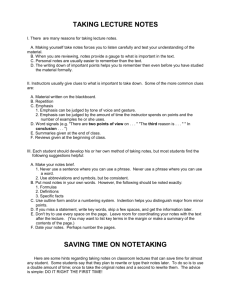

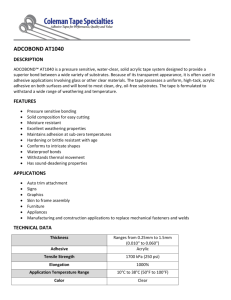



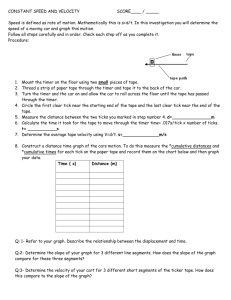


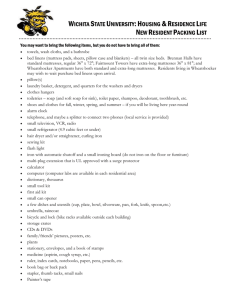
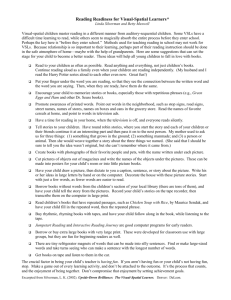


![Chapter 07 5 [MS Word Document, 1.2 MB]](http://s3.studylib.net/store/data/007601121_2-dd2a53bb27839b4742066a393d71d969-300x300.png)

